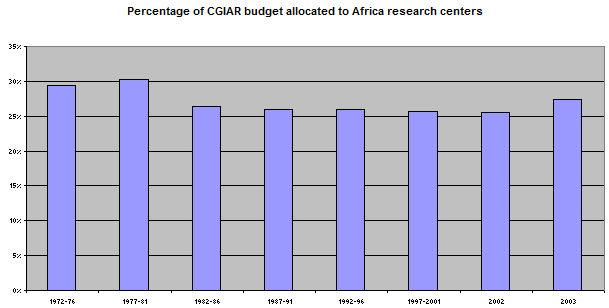There are many studies attempting to gauge microloans’ impact on borrowers, but most suffer from the problem of selection bias: by comparing participants and non-participants, they may be picking up other differences between these groups (for example, people who participate in microloan programs may be wealthier to begin with, so a study showing that they have higher incomes does not really show that microloans help).
One of the better-known attempts to avoid this problem was a 1997 study that attempted to take advantage of a “landholding requirement”: a program that allowed people to borrow only if they held less than a half-acre of land. This study is one of the few empirically encouraging studies of microloan programs, as we discuss here, although there was some dispute over whether the landholding requirement was strictly enforced.
New analysis by the Center for Global Development’s David Roodman shows that even though the microfinance program attempted to target people with less land, in fact people with more land borrowed significantly more. I agree with Roodman’s general conclusion:
This is not necessarily bad: serving richer clients with larger loans may make it more economical to reach poorer people in the same villages–an example of cross-subsidization. And someone whose main asset is an acre or two or riceland in rural Bangladesh is hardly rich by western standards–and might even make better use of the credit. Still, the “mistargeting” of landed families contradicts the public image of microfinance in Bangladesh as targeting the poorest, and probably needs to be better understood.
Additional GiveWell materials related to microfinance:

